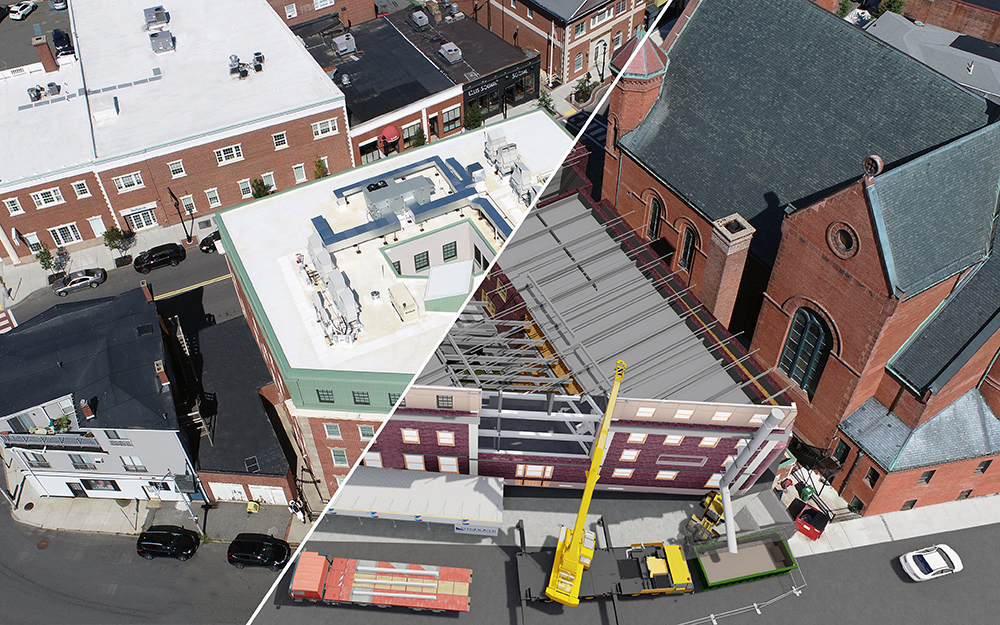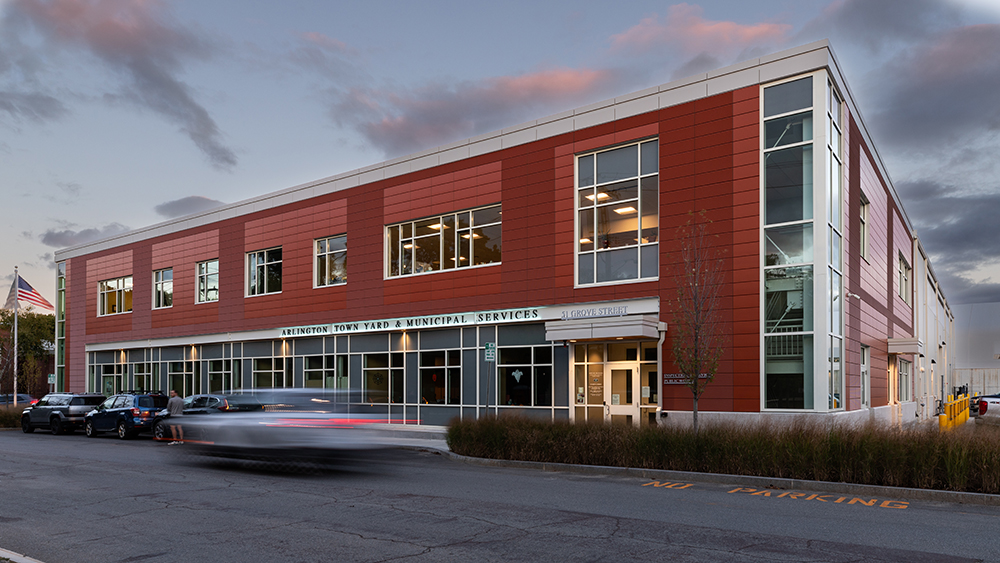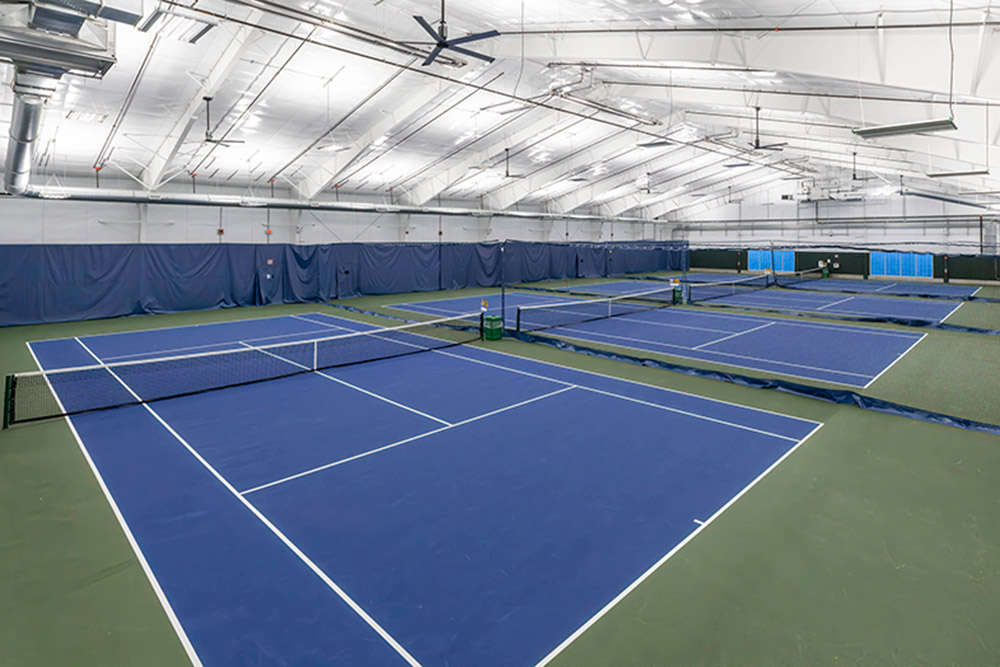How technology is transforming affordable housing construction - by Derrick Seitz

In response to the housing shortage, developers are seeking creative solutions that will create more affordable housing without compromising quality. At Windover Construction, technology plays a vital role in successfully executing these projects in our communities.
Barriers to construction of this much-needed housing often include availability of building sites, land-use regulations, long approval processes, and rising costs. This has prompted developers to look for alternative methods like repurposing buildings, creating co-location spaces, and expanding vertically to create additional units.
At Windover, we’re involved with more and more projects that utilize existing buildings to help expedite the process. While these projects carry the risk associated with working in an existing building, they have significantly benefited from the use of technology to provide certainty of outcome while maintaining the schedule and preserving the budget.
Employing our in-house Virtual Design and Construction (VDC) capabilities on these projects has allowed us to understand existing conditions, build the project virtually first, and mitigate risk to schedule and budget.

At the Cabot YMCA in Beverly, MA – a vertical expansion and renovation to create 22 additional units – Windover utilized drone mapping and laser scanning to document as-built conditions before construction and after demolition. This data was combined with 3D models to create QA/QC overlays that detected any issues combining new steel construction with the remaining existing structure.
This project, like many others, required adhering to a schedule and budget dictated by funding requirements, so being able to use technology to address issues before they impacted either was critical. The project was a success, and the new living spaces were available to tenants on time and without sacrificing quality.
The John J. Meany Senior Affordable Housing project in Gloucester, MA, is currently being built within an extremely tight construction footprint and progress so far would not have been feasible without technology. Drone surveys, laser scans, and ground penetrating radar have assisted our team in understanding how to safely demolish the existing building, repurpose the foundation, and inspect underground piping after demolition.
Even before construction begins, VDC technology can be valuable in ensuring these projects come to fruition. When securing funding, developers need to have confidence in the schedule, budget, and intended outcome. Using technology to build it virtually first allows all project stakeholders to visualize the project, understand existing conditions, develop the construction sequence, and communicate the impact construction will have on the community.
“Windover is transforming affordable housing construction by combining expert building knowledge with innovative solutions,” shared Windover’s CIO Amr Raafat, who leads the VDC team. “This synergy produces the greatest construction efficiencies to tackle the housing challenge without compromising quality.”
Derrick Seitz is a project executive at Windover Construction, Beverly, Mass.
Weston & Sampson earns award from ACEC for Arlington DPW job


Ask the Electrician: Is summer a prime time for commercial electrical maintenance?

State legislature ends session without passing PLA bill - by Joe Camilo

Ask the Electrician: How do I prepare my commercial building for a disaster?











.png)
